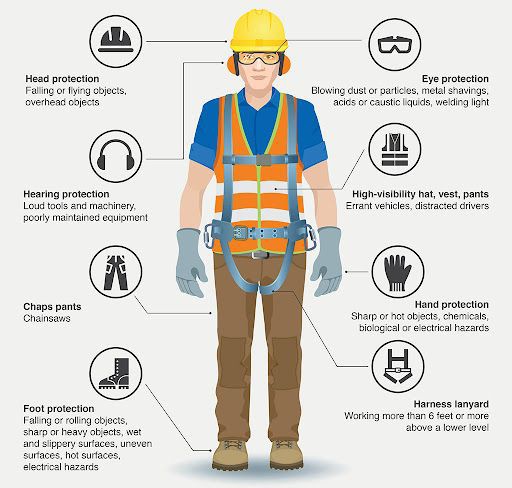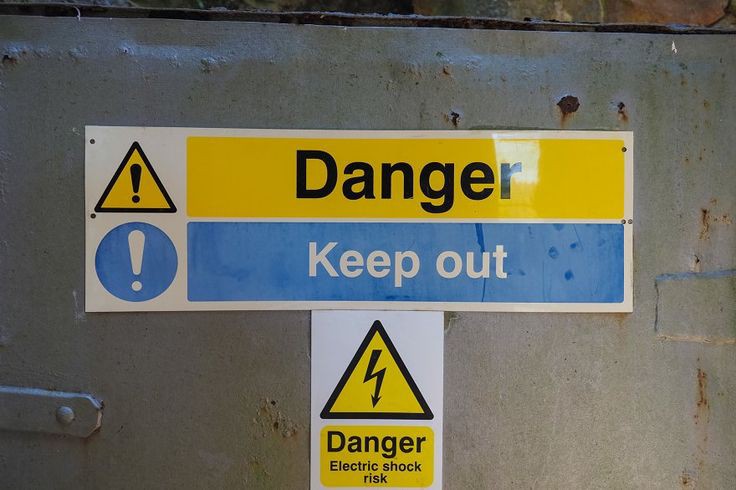Safety in manufacturing environments is paramount. The nature of manufacturing work often involves heavy machinery, hazardous materials, and complex processes that pose significant risks. Ensuring the safety of employees not only prevents accidents and injuries but also enhances productivity and morale. Here’s a comprehensive guide on how to maintain safety in manufacturing settings.
Understanding the Importance of Safety
Manufacturing environments are inherently risky due to the use of machinery, electrical systems, and various chemicals. Accidents in such settings can lead to severe injuries or even fatalities, resulting in substantial human and financial costs. A strong emphasis on safety helps prevent these incidents, ensuring a healthy workforce and uninterrupted operations.
Implementing Safety Measures
Conduct Regular Training
Regular training sessions are crucial for educating employees about safety protocols and emergency procedures. This training should cover the proper use of machinery, handling of hazardous materials, and the importance of personal protective equipment (PPE). Refresher courses should be provided periodically to keep everyone updated on the latest safety practices.
Use Personal Protective Equipment (PPE)
Providing the right PPE is essential for protecting workers from potential hazards. This includes safety goggles, gloves, helmets, ear protection, and appropriate footwear. Employees should be trained on how to use PPE correctly and understand its importance.

Maintain Clean and Organized Workspaces
A clean and well-organized workspace reduces the risk of accidents. Ensure that all tools and materials are stored properly and that work areas are free from clutter. Regular housekeeping should be a part of daily routines to maintain a safe working environment.
Regularly Inspect and Maintain Equipment
Regular inspections and maintenance of machinery and equipment are critical. Faulty equipment can lead to accidents, so it’s essential to conduct routine checks to ensure everything is in good working condition. Implement a preventive maintenance schedule to address potential issues before they become hazardous.
Implement Safety Signage
Clear and visible signage is vital for warning employees of potential hazards. Use signs to indicate dangerous areas, proper PPE requirements, emergency exits, and first aid locations. Ensure that these signs are understood by everyone, including non-English speaking workers.
Developing a Safety Culture
Encourage Reporting of Hazards
Create an environment where employees feel comfortable reporting safety hazards without fear of retaliation. Encourage them to speak up about potential risks or unsafe practices. Promptly address any reported issues to demonstrate the importance of safety.
Conduct Safety Audits and Drills
Regular safety audits help identify potential hazards and areas for improvement. Conduct these audits periodically and act on the findings to enhance safety measures. Additionally, perform emergency drills to ensure employees are prepared for situations like fires, chemical spills, or other emergencies.
Promote a Culture of Safety
Fostering a culture that prioritizes safety is crucial. This starts with leadership demonstrating a commitment to safety and ensuring that safety policies are enforced consistently. Encourage employees to look out for each other and recognize safe behaviors through rewards or incentives.
Leveraging Technology for Safety
Use Safety Management Software
Safety management software can help streamline safety processes, track incidents, and ensure compliance with regulations. These tools provide a centralized platform for managing safety data, training records, and maintenance schedules.
Implement Automated Safety Systems
Automated systems such as emergency stop buttons, machine guards, and sensors can enhance safety by providing immediate responses to hazardous situations. Invest in technology that can help prevent accidents and protect workers.
Monitor Environmental Conditions
Use sensors and monitoring systems to keep track of environmental conditions such as air quality, temperature, and noise levels. Ensuring that these conditions are within safe limits helps protect workers from long-term health risks.
Safety in manufacturing environments requires a proactive approach, combining regular training, proper use of PPE, organized workspaces, and routine maintenance of equipment. Developing a strong safety culture, encouraging hazard reporting, and leveraging technology are key components of maintaining a safe workplace. By prioritizing safety, manufacturing facilities can protect their most valuable asset: their employees. Implement these strategies to create a safer, more productive work environment.

